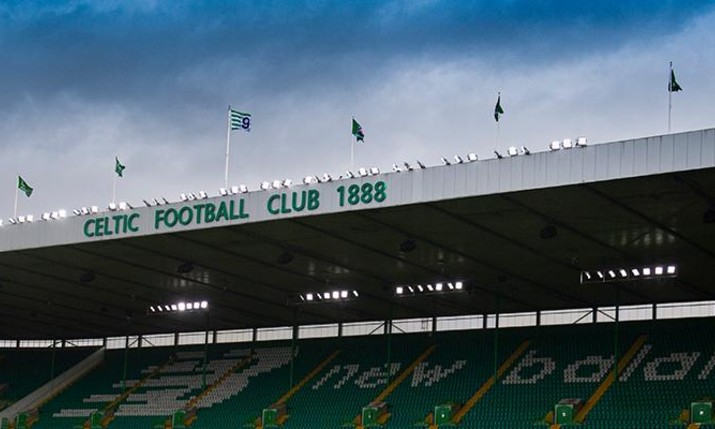Content delivery: Turning live broadcast challenges into opportunities

By Chris Clarke, CEO, Cerberus Tech.
The pandemic dealt a crippling blow to live sports and the impact of the loss of match day revenue is still being felt in football clubs around the world. As the option of attending a match in person was taken away, it became more important for fans and clubs to be able to watch matches live from home.
It has been estimated that the Scottish Football League lost around £100 million collectively during 2020, and, while things have been improving, there are still worrying signs of the financial impact on the beautiful game. For a football club at any level, supporter engagement is the bread and butter of the team – while government packages to negate the hardest times of the pandemic no doubt helped, the essence of match day must remain to deliver to the fans’ expectations.
Predictably unpredictable British weather
The trials of delivering live sports during a pandemic aside, live satellite transmission comes with its own set of challenges. British weather can be relied on for one thing and one thing only – and that is its unpredictability. Climate change continues to impact on our weather, resulting in an increase in rainfall among other challenges. In order to effectively transport a live match to fans it is vital to ensure a seamless delivery – one glitch at the wrong time could result in missing a vital moment of play, leading to understandable frustration from an avid supporter.
Poor weather conditions, and rainfade in particular, can have a disruptive impact on satellite signals. Radio signals are affected by certain weather conditions to varying degrees, depending on the severity of the rain, snow and ice. Satellite signals may pass through adverse weather at, or near to, the up/downlink location, resulting in a significant impact on content delivery. As a natural phenomenon, these weather conditions can be tricky to predict and mitigate, creating the need for an alternative back-up method to safeguard valuable content delivery.
Under pressure – a quick turnaround
Celtic TV is a subscription channel, with subscribers all across the globe. Every single Celtic match is screened live to its global audience and a live audio commentary is provided for subscribers in the UK and Ireland. Its Matchday live programme aims to best replicate the feel of an in-person football match, with pundit interviews and post-match analysis. There is also the option of a full match replay, and viewers with a premium subscription are able to watch the matches in HD. The home ground, Celtic Park, receives coverage of all domestic and away matches via a combination of SNG antennas and satellite contribution direct from the venue. From Celtic Park, the content is then distributed to subscribers on the Celtic TV channel.
It is clearly imperative for the club to maintain the high standard of its content quality for its paying subscribers. However recently, when poor weather conditions and an inadequate satellite bandwidth threatened delivery 30 minutes before kick-off – an alternative distribution method needed to be found fast. Celtic TV’s head of technical and social media Peter VanDall got in touch with Cerberus Tech with the request for an alternative, cost-effective delivery method. The match feed from the stadium was made available at BT Tower. By using Cerberus Tech’s Livelink platform our team was able to pick up the feed, encode to 10Mbps and deliver directly to the Ateme Kyrion DR5000 decoder infrastructure already in situ at Celtic Park. The decoding and onward distribution to the Celtic TV network could then continue as usual.
Player of the match
With a rapid turnaround, and with no visible difference to the end user, Cerberus Tech was able to utilise Livelink to establish a stable feed to Celtic TV in time for kick-off. By only paying for the duration of the match, the deployment of Livelink proved to be a cost-effective back-up for Celtic TV. The use of existing equipment with any relevant software licences pre-installed, meant that broadcast-quality feeds could be enjoyed by fans without the need for traditional satellite delivery.
VanDall remains impressed: “We had trialled Cerberus Tech’s Livelink platform to deliver a few matches from BT Tower to Celtic Park when the weather was affecting the satellite feed. Not only did we find the service excellent, but we were also able to use our existing broadcast decoders and only pay for the time we needed on the platform. Their support is available when we need it, even turning around last-minute requests for content.”
It is imperative for broadcasters to be able to adapt to the unknown, and as it is almost impossible to rely on the weather this can prove challenging. With the option of IP as a back-up or main feed for content delivery, clubs can ensure live sports reaches fans easily and cost-effectively, with no discernible issues. As VanDall concluded: “Livelink finally makes IP content delivery a genuine alternative to satellite and fibre workflows.”
